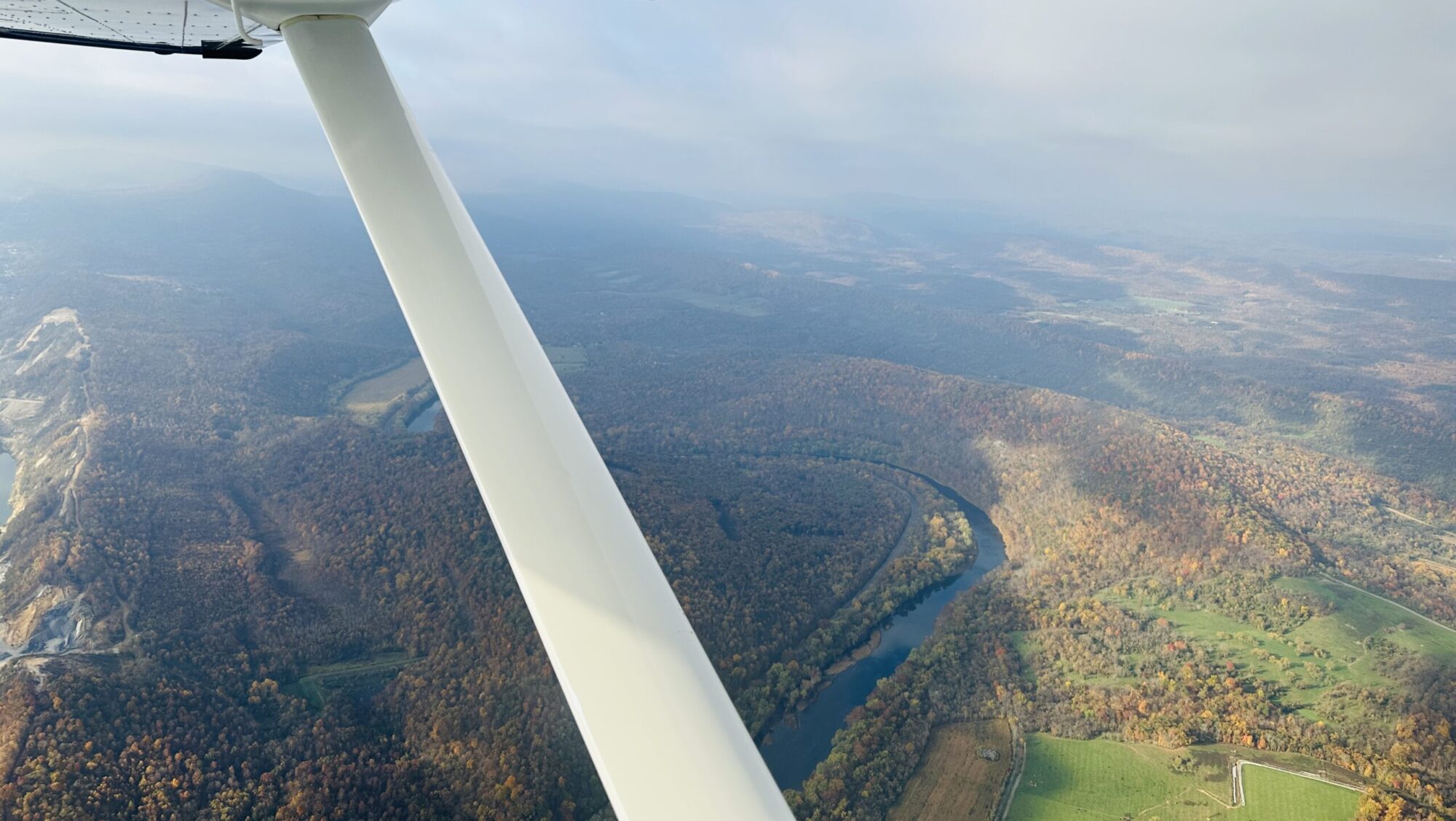We passed the first of the slow-moving vehicles on the A13 winding through Calvados on our way to the beaches this morning. From miles back, I figured there had been an accident, and I braced myself for whatever miscreancy of traffic awfulness I was in for, while my husband slept off jet lag in the right seat.
Fortunately, the hold-up was merely a set of Jeeps, something that looked like a souped-up Bug, and a Deuce-and-a-half trying to keep up with the 130-kmh posted autoroute speed through some leftover rain washing over the coast. My mood lightened back to festival mode, and I wondered how we ever get so hung up on traffic jams when there is usually a good reason why they happen. Like a four-some of re-enactors driving up to Bayeux for the 70th anniversary of the Normandy Invasion.
We’d planned our trip here for months, and it started off without a hitch. The flights executed according to plan, and the exit from Paris via rental car went exceedingly well, considering we showed up with a borrowed Michelin map of France and no Euros in our collective pockets. We stopped for the night after driving about one-third of the distance to the coast, and we made up for it with an afternoon-long cruise down the coastal road, D514, stopping at each crucial spread of sand along the way.
We started at Grandcamp-Maisy, nearest to La Pointe du Hoc, the site of a critical mission for the 2nd Ranger Battalion, led by James Earl Rudder [http://en.wikipedia.org/wiki/James_Earl_Rudder] and charged with securing one of the most difficult pieces of property on the coast. As we looked out over those cliffs, buffeted by wind and seeking shelter in pile after pile of leftover German installations, I couldn’t help but think, “Why was this point in the plan? Why not leave most of the power coming ashore over the paths of least resistance, like the flat beaches to the north, at Gold, Juno, and Sword?”
But I understand now that the psychological advantage of subduing your enemy where he least expects damage, where he has the most protection, is worth a multiplier to the easy battles won.
So we started our own convoy with other rental cars (I know you, silver Peugeot 308) at that toughest spot, and wound our way east until we reached those seemingly calmer beaches. And through that journey, we recognized that the fight was engaged at the same pitch no matter the field upon which it was fought.
from June 4, 2014
